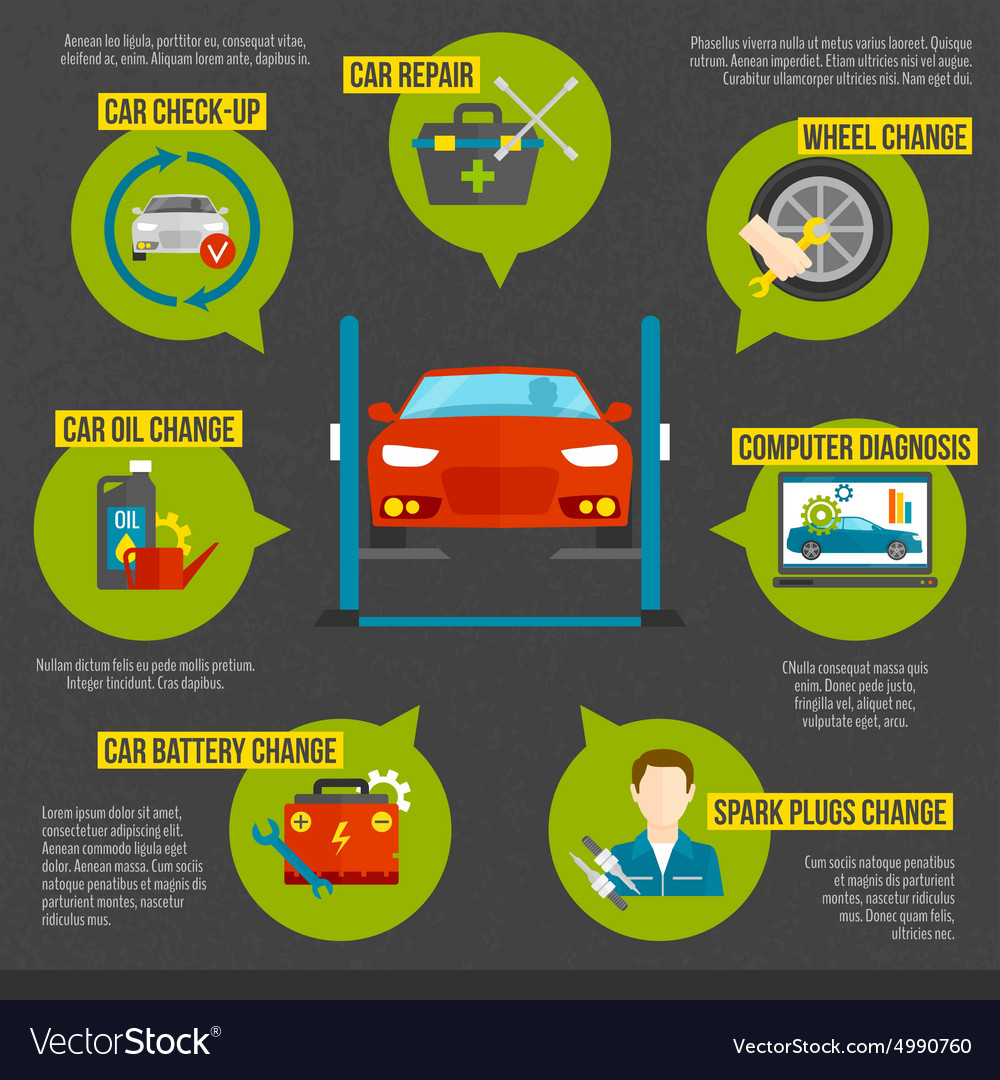Interpreting Your Auto'S Alert Lights: Their Real Implications
Interpreting Your Auto'S Alert Lights: Their Real Implications
Blog Article
Material Writer-Samuelsen Dalgaard
When you're behind the wheel, those radiant warning lights on your dashboard can be a bit complicated. Do you recognize what they're attempting to inform you concerning your vehicle's health? Recognizing the value of these lights is vital for your safety and security and the durability of your car. So, car wash onehunga following time one of those lights appears, wouldn't you want to understand its message precisely and take the needed steps to address it?
Common Caution Lighting and Interpretations
Identify common caution lights in your car and comprehend their definitions to guarantee risk-free driving.
One of the most normal warning lights consist of the check engine light, which signifies problems with the engine or emissions system. If this light comes on, it's crucial to have your vehicle examined quickly.
The oil pressure alerting light shows low oil pressure, requiring immediate focus to stop engine damages.
A flashing battery light might suggest a damaged billing system, possibly leaving you stranded otherwise attended to.
The tire pressure surveillance system (TPMS) light notifies you to reduced tire pressure, impacting vehicle security and gas effectiveness. Disregarding this can result in dangerous driving problems.
The ABS light suggests an issue with the anti-lock stopping system, jeopardizing your ability to stop quickly in emergencies.
Lastly, the coolant temperature cautioning light warns of engine getting too hot, which can result in extreme damage otherwise fixed quickly.
Comprehending these usual warning lights will assist you attend to issues immediately and preserve safe driving problems.
Value of Prompt Attention
Comprehending the common caution lights in your automobile is only the primary step; the importance of without delay addressing these warnings can not be emphasized sufficient to guarantee your safety when driving.
When a caution light brightens on your control panel, it's your cars and truck's way of connecting a potential concern that needs interest. Overlooking these warnings can result in much more extreme troubles in the future, compromising your safety and potentially costing you more in repairs.
Prompt interest to advising lights can prevent malfunctions and accidents. For instance, a blinking check engine light can show a misfire that, if left neglected, could cause damage to the catalytic converter. Addressing https://oil-change72616.blog-mall.com/31772255/just-how-automobile-outlining-impacts-resale-worth-an-evaluation-of-appropriate-studies can conserve you from a costly repair.
In a similar way, a brake system cautioning light may signify low brake liquid or used brake pads, vital components for your security when driving.
DIY Troubleshooting Tips
If you see a warning light on your dashboard, there are a couple of do it yourself repairing tips you can try before seeking specialist assistance.
The very first step is to consult your auto's handbook to comprehend what the details caution light indicates. In Click Webpage can be as easy as a loose gas cap triggering the check engine light. Tightening the gas cap might fix the trouble.
Another common issue is a low battery, which can trigger numerous cautioning lights. Examining the battery links for deterioration and ensuring they're safe and secure could fix the trouble.
If a warning light lingers, you can try resetting it by disconnecting the car's battery for a few minutes and after that reconnecting it. Additionally, inspecting your lorry's fluid degrees, such as oil, coolant, and brake fluid, can help troubleshoot advising lights related to these systems.
Verdict
In conclusion, recognizing your auto's caution lights is vital for keeping your automobile running smoothly and safely. By promptly dealing with these informs and knowing what they indicate, you can avoid pricey fixings and possible break downs.
Keep in mind to consult your auto's handbook for specific information on each alerting light and take action appropriately to make sure a trouble-free driving experience.
Remain notified, stay risk-free on the road!
